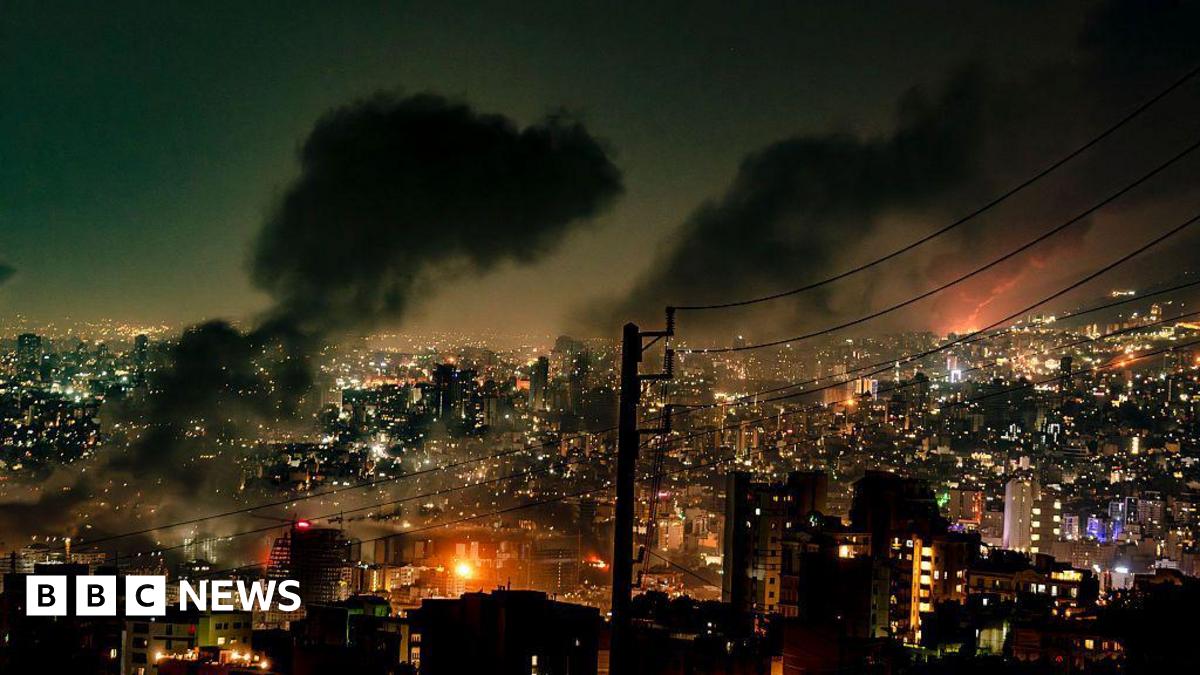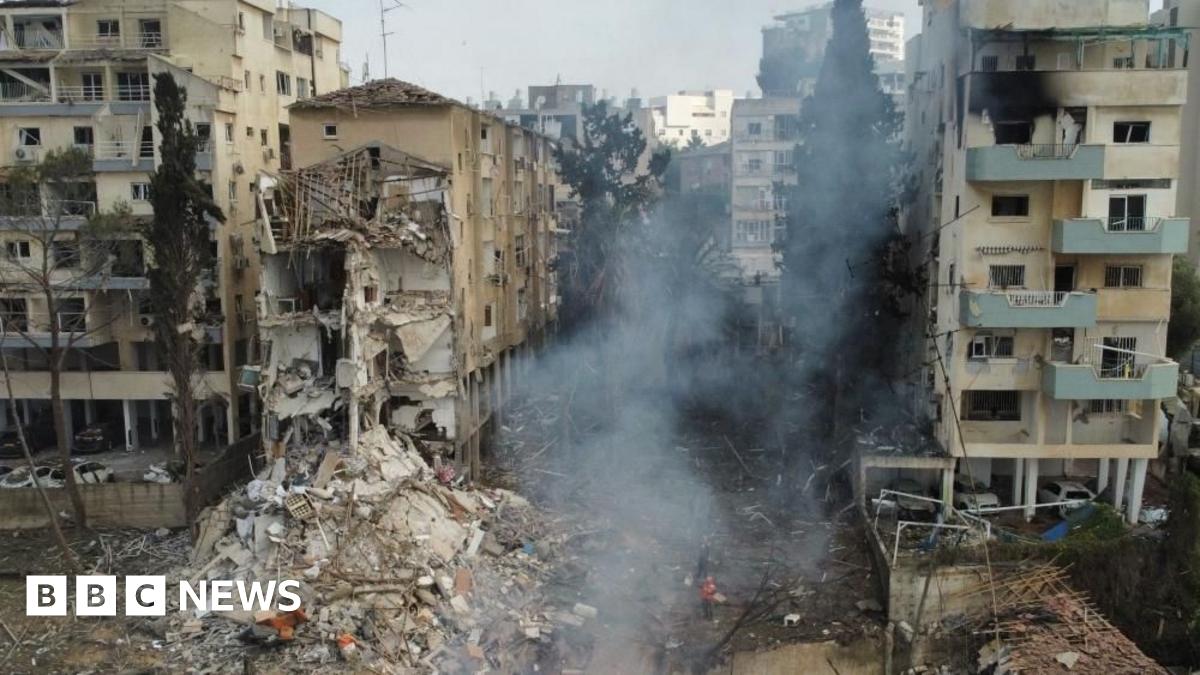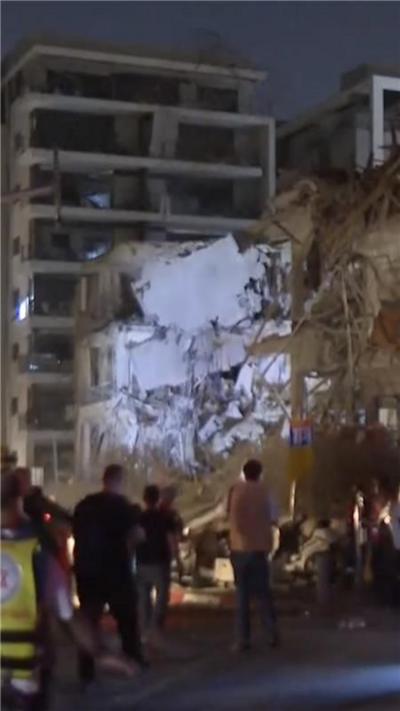Israel-Iran Conflict Escalates: A Timeline of Rising Tensions and Friday's Major Strikes

The Middle East is once again on edge as Israel and Iran find themselves in a renewed and intensified conflict. Following a significant Israeli attack on Tehran early Friday, the region braces for potential repercussions. This isn't a sudden development; it's the latest chapter in a decades-long saga of animosity and proxy wars. Let's examine the key moments in the escalating tensions between these two nations.
Early History & The Iranian Revolution (1979): The seeds of the conflict were sown with the 1979 Iranian Revolution. The revolution ousted the U.S.-backed Shah, who had close ties with Israel, and replaced him with an Islamic Republic led by Ayatollah Khomeini. Khomeini openly denounced Israel, calling for its destruction, marking a significant shift in regional power dynamics.
The 1980s: Iran-Iraq War & Hezbollah's Rise: The Iran-Iraq War (1980-1988) further complicated the situation. While not directly involving Israel, the war created a volatile environment and allowed Iran to cultivate connections with militant groups like Hezbollah in Lebanon, which has become a persistent thorn in Israel's side. Hezbollah's frequent rocket attacks and clashes with Israel, often fueled by Iranian support, have been a recurring source of tension.
The Nuclear Program & Sanctions (2000s-2010s): Iran's pursuit of nuclear technology became a major flashpoint. Israel views a nuclear-armed Iran as an existential threat, fearing it could lead to attacks or embolden proxies. International sanctions, largely driven by concerns over Iran's nuclear ambitions, further strained relations and contributed to Iran's regional assertiveness.
The Stuxnet Attack (2010): The alleged Stuxnet cyberattack, widely attributed to the United States and Israel, targeted Iran's nuclear facilities. This demonstrated a willingness to use covert operations to sabotage Iran's nuclear program and escalated the conflict into the cyber realm.
Syrian Civil War & Proxy Conflicts (2011-Present): The Syrian Civil War provided a fertile ground for proxy conflicts between Israel and Iran. Iran has actively supported the Assad regime, while Israel has conducted numerous airstrikes against Iranian-backed militias and targets within Syria, aiming to prevent Iran from establishing a permanent military presence.
Increased Attacks & Tensions (2023-2024): The October 7th Hamas attack on Israel, and Israel's subsequent military response in Gaza, significantly exacerbated tensions. Iran has been accused of supporting Hamas, and there has been a marked increase in attacks on Israeli and U.S. targets in the region, some attributed to Iranian proxies.
Friday's Strikes & The Current Situation: Israel's direct strikes on Tehran on Friday represent a significant escalation. While the precise motivations and objectives remain to be fully understood, the attack signals a willingness to confront Iran directly. The response from Iran, and the actions of its proxies, will be crucial in determining the future trajectory of this conflict. The international community is urging restraint and calling for a de-escalation of tensions to prevent a wider regional war.
Looking Ahead: The future remains uncertain. The conflict between Israel and Iran is deeply complex, rooted in historical grievances, ideological differences, and geopolitical interests. A diplomatic solution remains elusive, and the risk of further escalation is high. The stability of the entire Middle East hangs in the balance.





